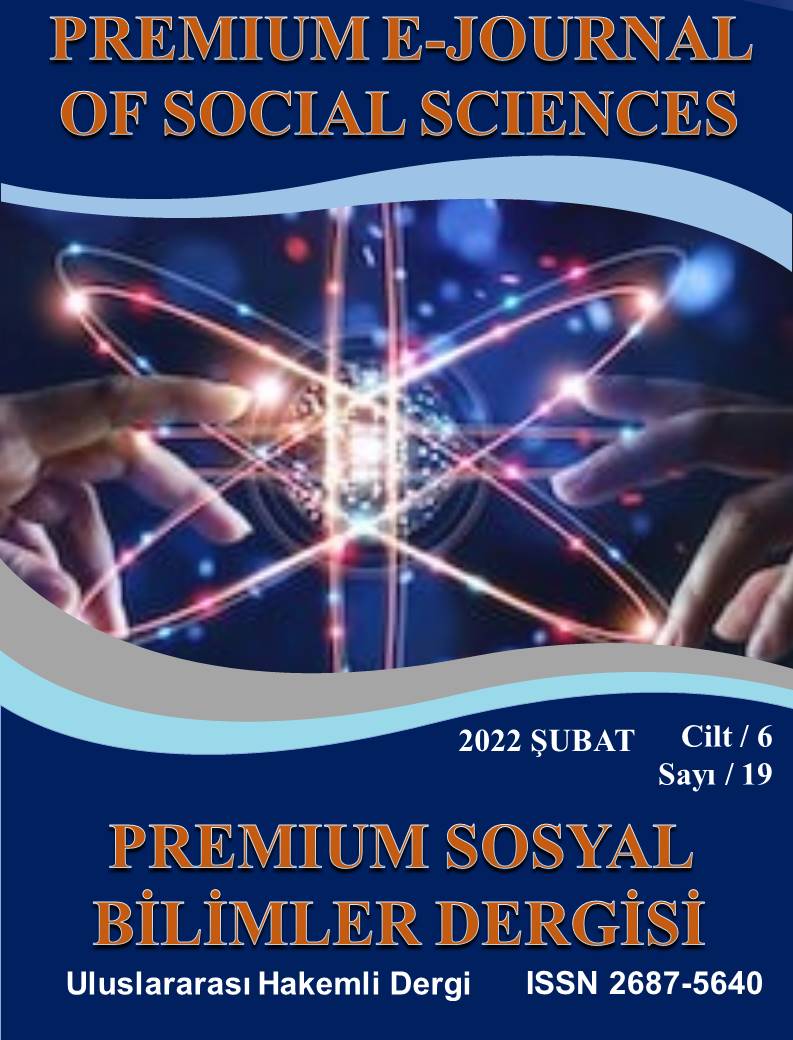EXAMINING THE BURNOUT LEVELS OF MOTHERS WITH CHILDREN DIAGNOSED WITH AUTISM SPECTRUM DISORDER IN TERMS OF SOME DEMOGRAPHIC VARIABLES
DOI:
https://doi.org/10.37242/pejoss.2221Keywords:
Autism spectrum disorder, maternal burnout, educational status, occupation, number of childrenAbstract
As already known, Autism Spectrum Disorder (ASD) is a lifelong neurodevelopmental disorder, and when a family member is diagnosed with ASD, this can have a negative impact on all family members. As in all individuals, parents are the primary caregivers of individuals with ASD, too, and this care which is mostly given by the mothers can last a lifetime, depending on the needs of individuals with ASD. After an individual gets diagnosed with ASD, the long-term care provided to these children by their mothers in different dimensions and levels can also result in burnout. In this study, it was aimed to examine the burnout levels of mothers with children diagnosed with ASD in terms of some demographic variables. Thus, 231 mothers participated in the study, and the relational screening model was utilized to examine the burnout levels of mothers with children diagnosed with ASD in terms of some demographic variables (educational status, employment status, occupation, and the number of children). As a result of the analysis, it was revealed that the mothers’ burnout levels differ depending on the educational status, employment status, occupation, and the number of children. Based on the study results, it is suggested that the social and economic support offered to mothers with children diagnosed with ASD should be increased, and training and research to reduce parental stress should be conducted.
Downloads
Downloads
Published
How to Cite
Issue
Section
License
Copyright (c) 2022 Premium e-Journal of Social Science (PEJOSS)

This work is licensed under a Creative Commons Attribution 4.0 International License.


